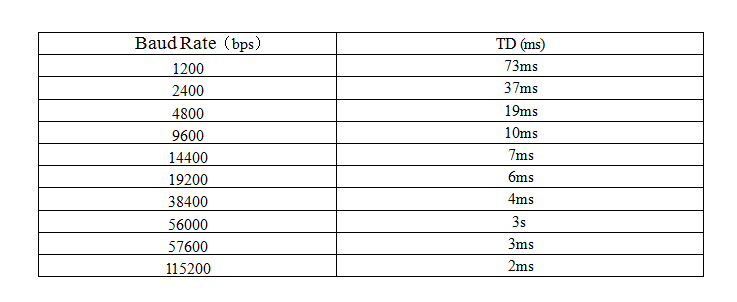Because Arduino can be an open source platform, you can get Arduino Tutorial hold of the source code and schematics for it. What this means is you can dig as considerably into it as you may want, sometimes creating your own Arduino boards. Additionally there is a large society behind it, and you could find various tutorials and projects out of all over the world internet.

What can I actually do with an Arduino?
Pretty much anything you want! It has been used in a wide variety ways like the options happen to be virtually unlimited. Past tasks have covered robots, skill installations, in-car computers, MIDDLE SIZED controllers, drink makers, human-computer interfaces, Online social networks 'like' display, advertising features, clocks, beats instrument, custom mouse and keyboard, household automation... The list goes on and on!
The main features of a great Arduino aboard are it can ability to reading data via sensors, to send and acquire digital signs and can be connected via dramn to your computer system. You can control many things, coming from LEDs and LCDs, to motors and relays. You can also read beliefs from detectors such as potentiometers, light primarily based resistors (LDRs) and piezos.
The digital camera pins by using an Arduino allow you to read as well as write 5v values. You may use a flag to turn on a great LED (with a resistor). You can post a signal with a relay to run higher volt quality appliances just like televisions and house equipment and lighting. You can send out messages to motors to turn on and away. You can check to verify that a button is pressed. You may send and receive dramn data, parallel data and digital heart beat width modulation. Basically anything that can be managed via a bit of current works extremely well.
The analog pins permit you to read an incoming voltage between 0v and 5v. This will be how you read from receptors. There are a great number of sensors available, from straight forward hands-on tension sensors and rotary potentiometers, to natural environment sensors which include pressure, gaseous, temperature and in many cases alcohol. When you have, for example , a good slider set to exactly 50 % of its collection, it should output a volt quality of 2. 5v. The Arduino can then read this and use the value to manage something else.

You don't have to stop with just managing electronic brake lines. You can send out data to the computer to control software that include Processing and Max/MSP. You can send the information over UNIVERSAL SERIES BUS with most models. Several models currently have Bluetooth and Ethernet jacks, and with an additional glasses (like a great add-on unit) you can talk via Wi-fi and other protocols.
reference:
http://arduinounotutorials.com/
https://en.wikipedia.org/wiki/Arduino
Tidak ada komentar:
Posting Komentar